Captains Courageous (1937)
By Toronto Film Society on April 16, 2020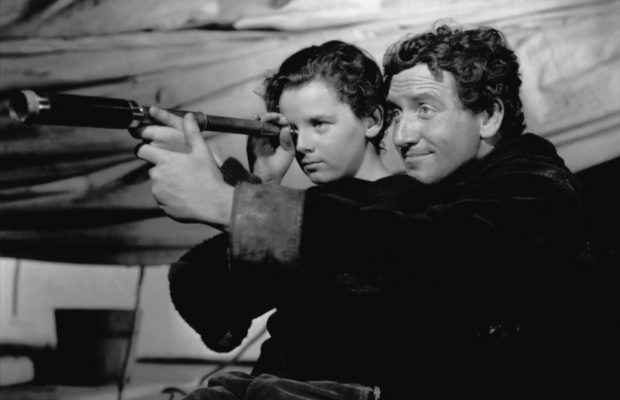
Toronto Film Society presented Captains Courageous (1937) on Monday, April 25, 1983 in a double bill with Stalag 17 as part of the Season 35 Monday Evening Film Buffs Series “B”, Programme 10.
Production Company: Metro-Goldwyn-Mayer. Director: Victor Fleming. Producer: Louis D. Lighton. Screenplay: John Lee Mahin, Marc Connelly, Dale Van Every, based on a novel by Rudyard Kipling. Photography: Harold Rosson. Editor: Elmo Vernon. Art Direction: Cedric Gibbons, Arnold Gillespie, Edwain B. Willis. Marine Direction: James Havens. Music: Franz Waxman. Lyrics: Gus Kahn.
Cast: Freddie Bartholomew (Harvey Cheyne), Spencer Tracy (Manuel), Lionel Barrymore (Captain Disko Troop), Melvyn Douglas (Mr. Cheyne), Mickey Rooney (Dan Troop), Charley Grapewin (Uncle Salters), Leo G. Carroll (Burns), John Carradine (Long Jack), Charles Trowbridge (Dr. Walsh), Jack La Rue (Priest) Billy Gilbert (Soda Steward).
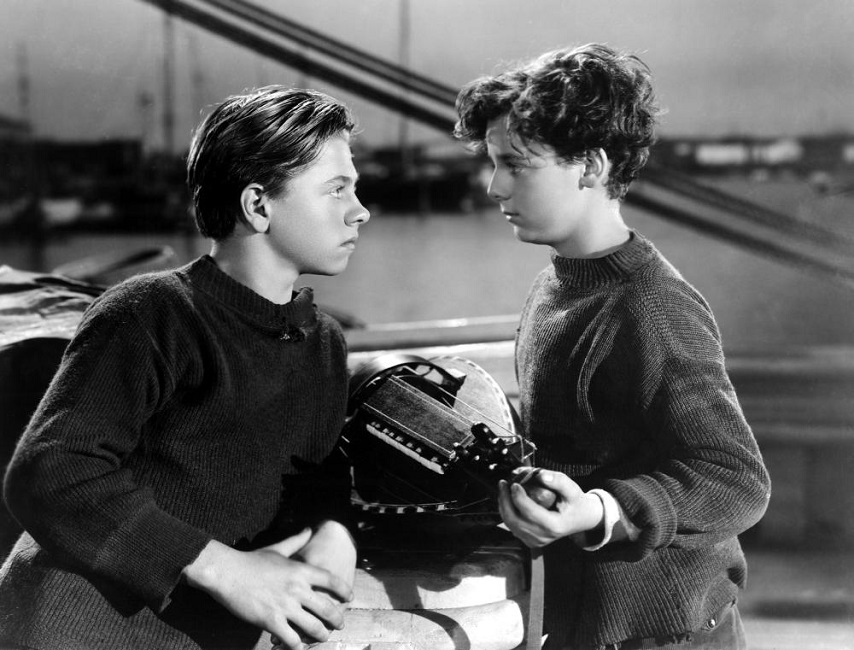
For the last evening of the 1982-83 Film Buff series, it is entirely appropriate that we have a film starring one of the greatest actors ever to appear in American film–the incomparable Spencer Tracy. The picture, of course, is based on Rudyard Kipling’s immortal story of man against the sea, of the developing of a friendship between a spoiled rich boy and a simple Portuguese fisherman.
Yes, Spencer Tracy, born near Milwaukee of Irish descent, playing a Portuguese! Although his attempts at any accent may seem a trifle inconsistent, Tracy’s projection of sincerity and understanding more than make up for this.
Tracy, who had been appearing in often routine pictures since 1930, with the exception of such films as A Man’s Castle, San Francisco, The Power and the Glory, had been reluctant to tackle the part of Manuel. He had doubts about his ability to handle a Portuguese accent, of singing two sea chanteys, and of having his hair unlest (sic). In fact, at the time he thought that he was giving the worst performance of his life.
As things turned out, of course, it was one of his best, earning him an Oscar as Best Actor. The road to stardom had been a long and hard one for Tracy. He had become interested in acting while attending college, where his original ambition had been to become a plastic surgeon. Tracy subsequently enrolled in the American Academy of Dramatic Arts, then spent almost 10 years in touring stock companies and in Broadway before making his feature film debut in 1930’s Up the River. This Fox production also featured another Broadway actor who would ultimately scale the same heights as Tracy–Humphrey Bogart.
In common with all the great actors Tracy, with his intelligence, his ability to underplay, made it all seem easy. Behind this seemingly effortless performance, though, was a supremely talented and experienced professional who worked hard at his craft.
In Captains Courageous, of course, he was ably supported by young Freddie Bartholomew. The English youngster had made his Hollywood debut as David Copperfield two years earlier. He had the difficult task of portraying the transition from a thoroughly obnoxious spoiled rich man’s son, who is rescued by a fishing boat after falling overboard from an ocean liner, into a decent and likable person. However, young Bartholomew brought it off, skillfully avoiding the mugging and forced cuteness of so many child actors, most notably the ever-tiresome Mickey Rooney, also seen here. Freddie gave up acting in the early 1950s, and became a successful television producer.
MGM, the Tiffany of Hollywood studios, backed the production with all of the considerable resources at its command. Director Victor Fleming was a former cameraman who had been directing pictures since 1919. He was one of the studio’s top directors, and was best known for his ability to direct action pictures calling for sweep and spectacle. A tough, demanding director, best known as a “man’s director”, he went to direct Gone With the Wind in 1939.
For the scenes of the fishing boat at sea, the studio bought an actual Gloucester fishing schooner. After some filming off Newfoundland, the vessel was brought through the Panama Canal for additional photography off the California coast.
Incidentally, for those people who may think that when photography is the all and end all, the magnificent scenes of the schooner racing through the swells under a full head of billowing canvas show what could be done in black and white by skilled cinematographers. And, we are particularly fortunate to be able to view a 35mm print of this classic film, seeing it just as audiences of 1937 did, probably in this very theatre.
Notes by John Thompson
You may also like...
-
News

Frances Blau
Toronto Film Society | February 27, 2024On Monday, February 26th, 2024, Toronto Film Society lost longtime friend, supporter, and board member Frances Blau. Known for her sense of humour, her love of film, her generosity,...
-
Special Events

Monday Evening Film Noir Double Bill at the Paradise Theatre
Toronto Film Society | July 8, 2024The Toronto Film Society presents a film-noir double feature at one low price! The Window (1949) in a double bill with Black Angel (1946) at the Paradise Theatre on Monday, August...
Programming

Virtual Saturday Night at the Movies
Toronto Film Society | July 20, 2024Toronto Film Society is back in the theatre! However, we’re still pleased to continue to bring you films straight to your home! Beginning Season 73 until now we have...
4-
 Toronto Film Society | July 8, 2024
Toronto Film Society | July 8, 2024
Monday Evening Film Noir Double Bill at the Paradise Theatre
-
 Toronto Film Society | November 6, 2022
Toronto Film Society | November 6, 2022
-
 Toronto Film Society | August 1, 2023
Toronto Film Society | August 1, 2023
Donate to Toronto Film Society – We’re now a Registered Charity!
-
Copyright © 2017 Toronto Film Society.

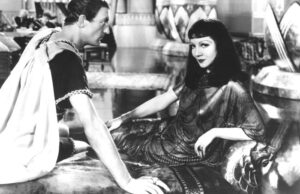
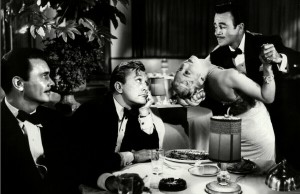
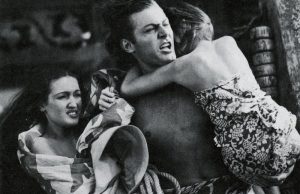
Leave a Reply